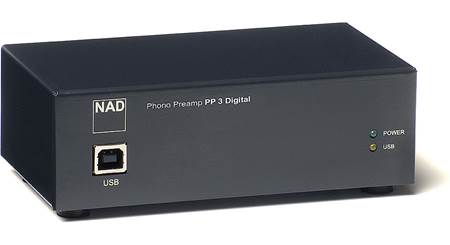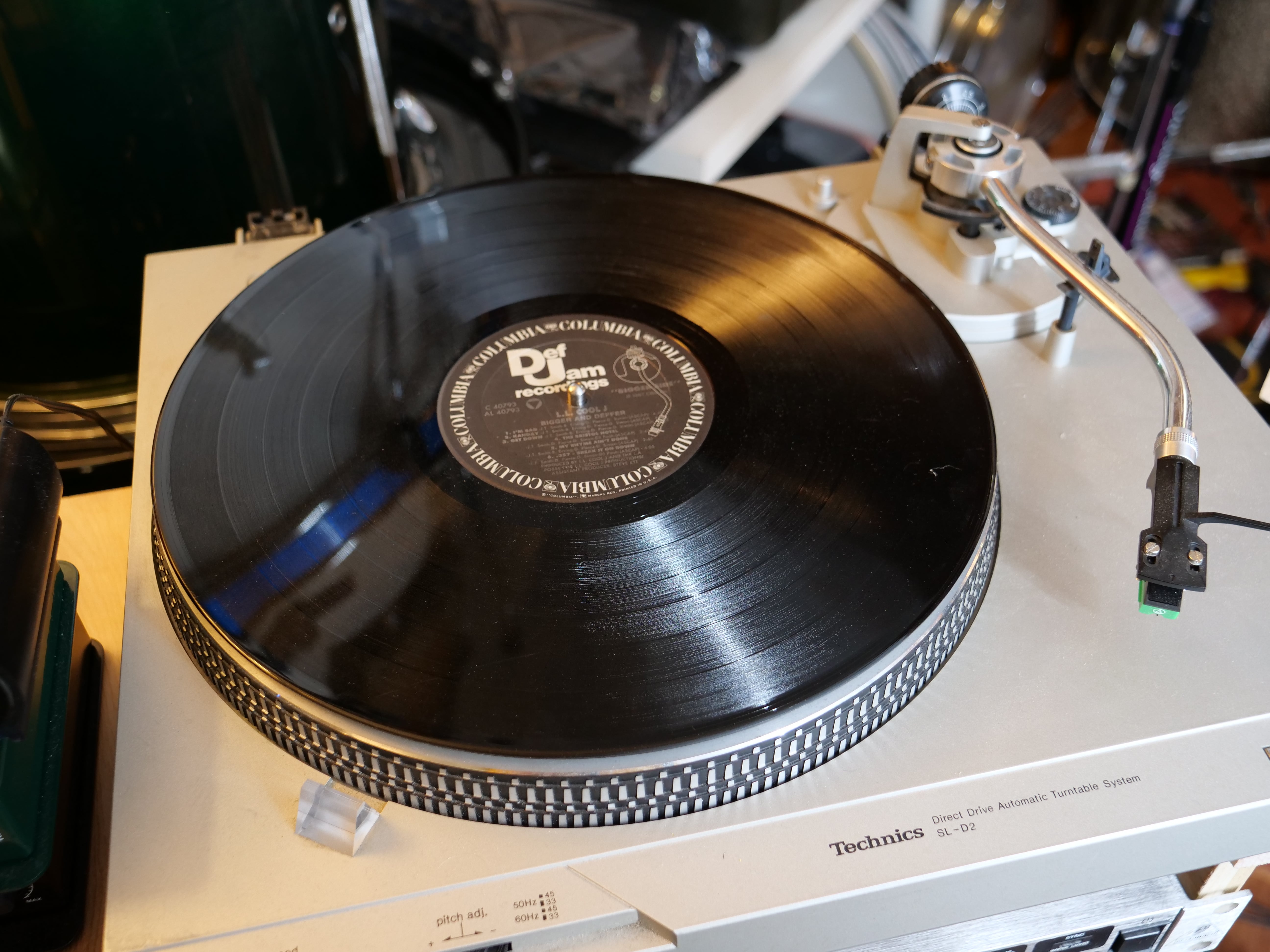
I'm sure others will provide useful advice from a technical as well as practical viewpoint, so I look forward to reading more as well. Turntable and cartridge setup should also be considered, but if you like your vinyl enough to go through this process I assume these points are already covered! My first efforts had some noise in them, which reduced when I changed to a different ADC but some is still there so my next change will be to a better ADC - thankfully the reviews here include some good ones at prices I imagine are affordable to many.

I use a de-clicker program sold by someone whose name I forget for the moment, but was around £40 for a lifetime license, and does a fair job (hopefully someone here can put the correct name in for you).Ĭhoice of phono pre and ADC are also important. However it takes the same time to record (I use Audacity) and storage is relatively cheap so have stuck with 24/96. Since then I have learnt some things here about the quality of vinyl, and think my choice was reasonable if not even too much. I decided on 24/96 as being better than I probably would ever be able to afford to reproduce. To the OP - I have been undertaking the same task (slowly!) over the last 2 winters.
Vinylstudio reviews manual#
I mean, there have apparently been efforts to provide proper RIAA and inverse RIAA, so a manual approach employing Audacity's declicker in between may provide decent results.
Vinylstudio reviews software#
Effectively what the software has to do is run an IIR filter with an inverse RIAA characteristic, tackle the clicks at this level (which works much better with the frequency response flattened out like that as the clicks come out much better defined, and I presume higher sample rates also help), and then apply RIAA filtering again. To the best of my knowledge there are commercial offerings only. One thing Audacity does not have is good and effective automatic declicking. Saving at another sample rate when you're finished is most easily accomplished by changing the project sample rate and then exporting. I found that the default input level on my new board was +6 dB, perhaps because it made for cleaner clipping - reducing it to 0 dB would make some more headroom available that may end up being grateful for if it turns out you need it. You can right-click the field displaying a number to switch to dB display. (That's Microsoft logic for you, the stuff you need is hidden away somewhere.) Also check the level setting. Then the line-in can be right-clicked and the desired settings are in the last, Advanced tab. Getting there is best accomplished by going into the dialog for system sounds and going into the recording devices tab to the left. You should have set the input sample rate and bit depth in input device properties.


The phonopre output should be plugged into the line-in before starting Audacity, as inputs and outputs on onboard audio codecs have a habit of only appearing when plugged in (jack detection). It can also split out a recording into individual tracks if you have set markers beforehand.įirst of all, you'll want to select a project sample rate of 96000 Hz, and tell the application to pick up sound devices via WASAPI (rather than MME or DirectSound). some of the best-quality resampler options are completely free, including the one built into Audacity.įor such basic recording tasks, Audacity is a good choice. Sample rate conversion is fairly quick and trivial, so you can easily convert to 16/44 after the fact if you want that. Moreover, it is not uncommon to see performance degradation at 44.1 kHz in onboard codecs that I believe is related to clock generation. The anti-alias filters in consumer line inputs are not generally good enough that I'd support recording straight to 44.1 kHz.


 0 kommentar(er)
0 kommentar(er)
